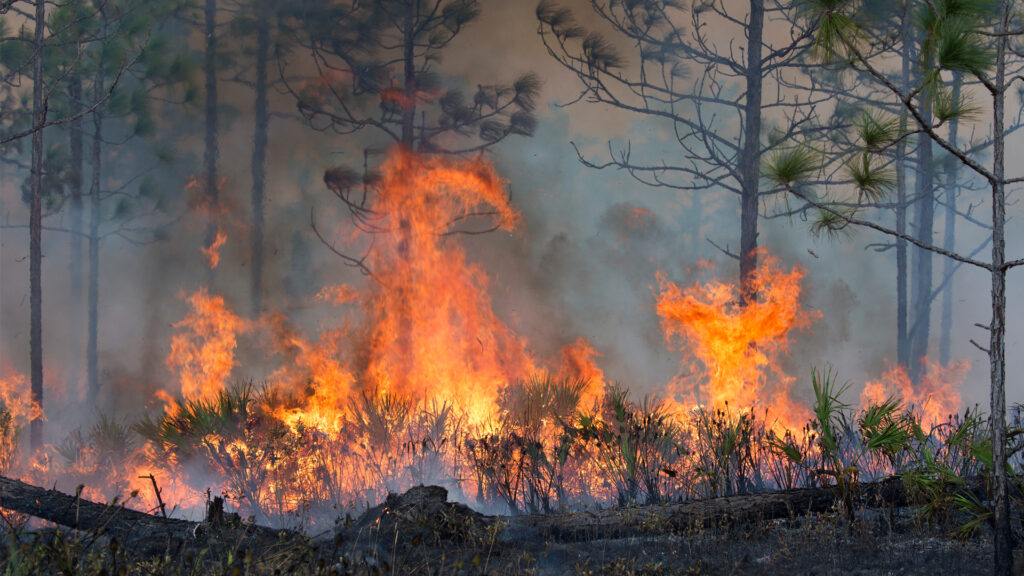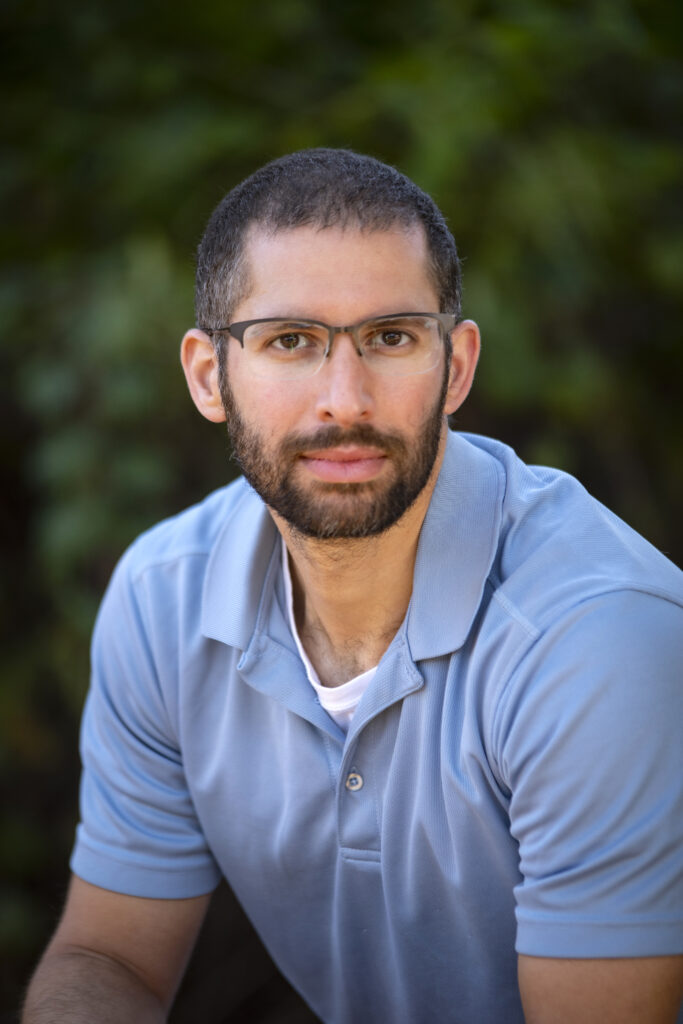By Joshua Daskin, Archbold Biological Station
On May 14, Highlands County received a warning shot across its bow. A 314-acre wildfire burned just north of the town of Lake Placid, threatening nearly 200 homes and necessitating their evacuation. It was one of a string of fires in the county and among more than 1,000 statewide this year.
Several cars and sheds were destroyed, and many people’s nerves were understandably frayed. But for the area’s relatively rural character, however, the outcome could have been far worse. We can avoid worse outcomes by safeguarding our natural and agricultural lands, aiding fire management in a time of rapid growth for our state.
The area where the wildfire burned is known locally as “Leisure Lakes” and is part of the Lake Wales Ridge Wildlife and Environmental Area, a patchwork of thousands of parcels stitched together to conserve many unique and endangered species. Public funds conserved scrub habitats throughout Leisure Lakes including 45% of the area of this recent fire, nearly all of which occurred on vacant land. This illustrates a major unintended benefit of publicly funded habitat protection.

Blocks of conserved land greatly ease safe fire management. This time, Highlands County Fire Rescue and the Florida Forest Service were able to control the blaze in a relatively conservative manner, using existing sand roads and fire breaks from prior wildfires and creating new ones to choke off the fire’s path. They managed to safeguard every one of the very few homes within the fire’s extent.
The rapid growth of Florida’s population, though, threatens the maintenance of our state’s nationally leading fire management efforts. As new homes are built at the intersection of natural and wild lands, the risk to people and property from future fires increases dramatically. A landscape pockmarked with sprawling development is one that is deeply challenging for our firefighters. Conversely, one with connected, conserved lands minimizes exposure of people and property to inevitable fires.
As importantly, keeping natural lands intact and avoiding the insidious sprawl of new, poorly sited development allows prescribed burns to continue, reducing fuel loads. This longstanding practice employed by private landowners, agencies and nonprofit organizations statewide replaces the natural wildfires that historically swept through the state’s ecosystems for days or weeks at a time.
Roads and development now necessitate control of such wildfires, but planned prescribed burns mimic their ecological impacts, resetting the cyclical progression of burning and regrowth that nearly our entire state’s lands and the species that inhabit them are adapted to and require.
Too often, the creeping incursion of new development brings a slowing or halt to prescribed burning. For example, the U.S. Fish and Wildlife Service has since 2022 effectively shut down prescribed burning in its Highlands County Flamingo Villas, part of the Lake Wales Ridge National Wildlife Refuge, where the agency requires explicit permission from dozens of individual and absentee landowners whose small vacant parcels are surrounded by the public lands.
The lack of planned fires in this area will only serve to increase the risk to neighboring landowners when a wildfire does happen because vegetation fuel loads will have increased. An alternative for statewide land management agencies is coordinated education of landowners on the long-term benefits of prescribed burns — for nature and people — even if it requires short-term inconvenience of a couple hazy, smoky days once every few years.
The risk of large wildfires in Florida is increasing as climate change creates more frequent drought and hotter weather. Communities should encourage both education of its residents (many of whom are new to Florida and not used to our culture of fire) and the corresponding planning of where development is best targeted.

In April, Archbold Biological Station and Florida Atlantic University released a report summarizing the ways that conserved connected lands in the Florida Wildlife Corridor can provide human and natural resilience to climate change. One highlighted strategy — though not a new one — is to cluster development close to existing municipal centers. Denser development means more natural and agricultural areas are left intact and connected, but also that people enjoy shorter commutes, walkable communities and lower costs for municipal services such as utilities, police and EMS.
Highlands County is now beginning revisions to its comprehensive land use plan, a state-mandated document every county uses to guide future land use. Highlands and all Florida’s counties should consider the myriad benefits of avoiding sprawl when writing comprehensive plans and when making decisions about rezoning individual parcels far from existing development. Every land use decision is an opportunity to safeguard our people, property and natural resources.
Joshua Daskin, Ph.D., is the director of conservation at Archbold Biological Station, a nonprofit research, conservation and education center in Central Florida. He works to put science into action for credible conservation of biodiversity and ecosystems statewide and beyond.
The FAU Center for Environmental Studies, which produced the report on the Florida Wildlife Corridor with Archbold and other partners, manages The Invading Sea. Sign up for The Invading Sea newsletter by visiting here. To learn more about the Florida Wildlife Corridor, watch the video below.



